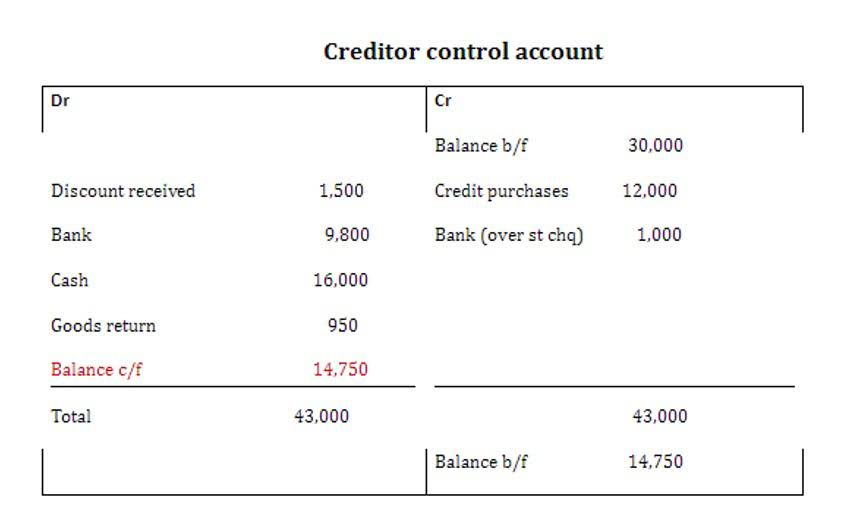
By saving a portion of your profits during peak periods, you can create an emergency fund to handle surprises like equipment breakdowns or delayed client payments without relying on credit. Instead of waiting for full payment at the end of a project, break payments into stages. This construction cash flow ensures a steady cash flow throughout the project and reduces the risk of delayed payments. Overhead expenses, like rent and insurance, can strain your finances if left unchecked.

Labor and Subcontractor Costs

Construction companies operate differently from most businesses because no project is the same. You can hire subcontractors who are often paid every four weeks to help improve your cash flow. Compliance with insurance regulations and contractual insurance requirements is paramount within the construction industry. This adherence helps mitigate financial risks stemming from accidents, damages, or liabilities. By meeting these insurance standards, construction firms safeguard themselves against potential financial setbacks that may arise during project execution.
How to manage and improve your construction cash flow (tips + benefits)
By fostering open communication and collaboration, construction companies can gather valuable insights and perspectives from diverse stakeholders. Successful construction companies leverage cash flow management strategies to maintain healthy profit margins. But it’s no secret that construction project expenses can add up fast, requiring contractors to cover upfront costs like equipment, raw materials, and labor. A positive cash flow is preferred, since it ensures you can cover construction expenses, keep projects moving forward, and pay any bills.
- The good thing about this list is that all these ideas are things you can do yourself, and they don’t require changing your customers’ payment habits.
- For companies needing support with receivables management, Caine & Weiner offers a full suite of services to help recover outstanding debts and improve financial health.
- Project management software can make sure you’re collecting as quickly as can be.
- By consistently comparing these figures, construction companies can identify any discrepancies or deviations between what was predicted and what is occurring.
- In regards to Currencycloud’s services when funds are posted to your account, e-money is issued in exchange for these funds, by an Electronic Money Institution who we work with, called Currencycloud.
- Let’s break down the key challenges in construction cash flow and explore practical solutions to keep your finances resilient and your projects moving forward.
Accept Electronic Payments
- For example, if you know that you will be receiving a $100,000 payment next week, you can make decisions about what bills to pay today, knowing that the money will be there next week.
- A robust cash flow ensures that work on the construction site continues uninterrupted.
- Stay ahead of potential cash flow issues by using forecasting models to predict short- and long-term cash flows, often included in accounting and business intelligence tools.
- Taylor Riso is a marketing professional with more than 10 years of experience in the construction industry.
- Inaccurate construction budgeting is one of the biggest causes of cash flow issues.
Furthermore, spreadsheets don’t provide real-time information to support better decision making, address potential cash shortages or help you to seize opportunities. Funds need to be available in real time to cover expenditures as needed. I was speaking to Coffee Shop Accounting a client just the other day about how when they started using the Selections feature of Buildertrend, their overall revenue increased by 5%. That is a great example of how an asset like Buildertrend’s construction software is an investment that, when used correctly, means more money in your pocket. Many people don’t realize that a profit and loss statement doesn’t include the movement of cash for things like asset purchases, owner draws and principal paydown of loans.
- Make sure you have a system for sending out invoices or payment applications promptly and regularly.
- This skill is critical for the long-term viability of any construction company – particularly ambitious, growing businesses.
- Learn more about key financial challenges before and during periods of expansion in commercial construction — and strategies to tackle them.
- In the final month, you begin to see a positive cash flow because your expenses have been paid.
- Sustainable materials often have higher upfront costs but lower long-term maintenance expenses.
- That type of expansive reporting is only available through accounting software built specifically to manage cash flow in the construction industry.
- Integration and automation of financial systems play a vital role in optimizing cash flow in construction.
Leverage different contract types to enhance cash flow management.
- By fostering open communication and collaboration, construction companies can gather valuable insights and perspectives from diverse stakeholders.
- If you have a strong financial plan in place and enough capital to cover the costs of a new project, you could expand your revenue streams even as other projects aren’t quite finished up.
- If you run a construction business and want to win and complete bigger construction projects, you need to manage your cash flow effectively.
- For example, you can use it to see whether equipment sales are a viable way to fund upfront project costs, labor expenses, and more.
- This choice affects how and when you record income and expenses in your books.
- Failure to comply with these regulations can lead to legal repercussions and disruptions in cash flow in construction.
One survey found that 84% of construction companies have experienced cash flow issues. Of those respondents, 17% said they experienced cash flow issues every month. For example, a significant delay in payment from a client may pose a risk to the project’s continuation. The risk can be mitigated by having a cash reserve, negotiating better terms with suppliers and subcontractors, or even arranging for short-term financing. Start a conversation today to discuss your company’s construction cash flow with a construction CPA from James Moore. Clearly, the subject of payroll petty cash taxes involves plenty of moving parts and covers a wide range of accounting knowledge.
Essentially, it tracks the cash that flows in from clients and financing sources against the cash that flows out for project expenses like labor, materials subcontractor payments and equipment costs. Understanding and managing retainage requirements is another key component in construction project finances. Retainage refers to withholding a portion of payment until the project reaches completion or certain milestones.

Progress Claim Template
Instead of waiting to invoice clients until a project’s completion, progressive or milestone billing allows companies to receive payments as specific project stages are completed. This approach improves cash flow throughout the project, covering ongoing costs without requiring companies to front all expenses until the project ends. Using CPM in construction helps project managers prioritize tasks, allocate resources effectively and identify potential delays.
Cash flow in construction necessitates meticulous planning, continuous monitoring, and adaptability. Accurate forecasting mitigates risks and ensures steady funds throughout a project’s lifecycle, fostering success. Proper cash flow ensures bills are paid on time and prevents delays due to fund shortages. It’s the lifeline of construction projects, supporting smooth operations and timely completion. Construction cash flow in construction must align with a myriad of legal and regulatory requirements to mitigate risks, ensure compliance, and maintain financial stability. Compliance with auditing standards is equally important for construction companies.

For example, you may need funds to pay electrical and plumbing subcontractors before installing drywall and flooring. Without a positive cash flow to pay for ongoing costs, you can face delays and a lower profit margin. Utilizing sophisticated project management software that is fully integrated with an accounting system offers a streamlined approach to cash flow management.
